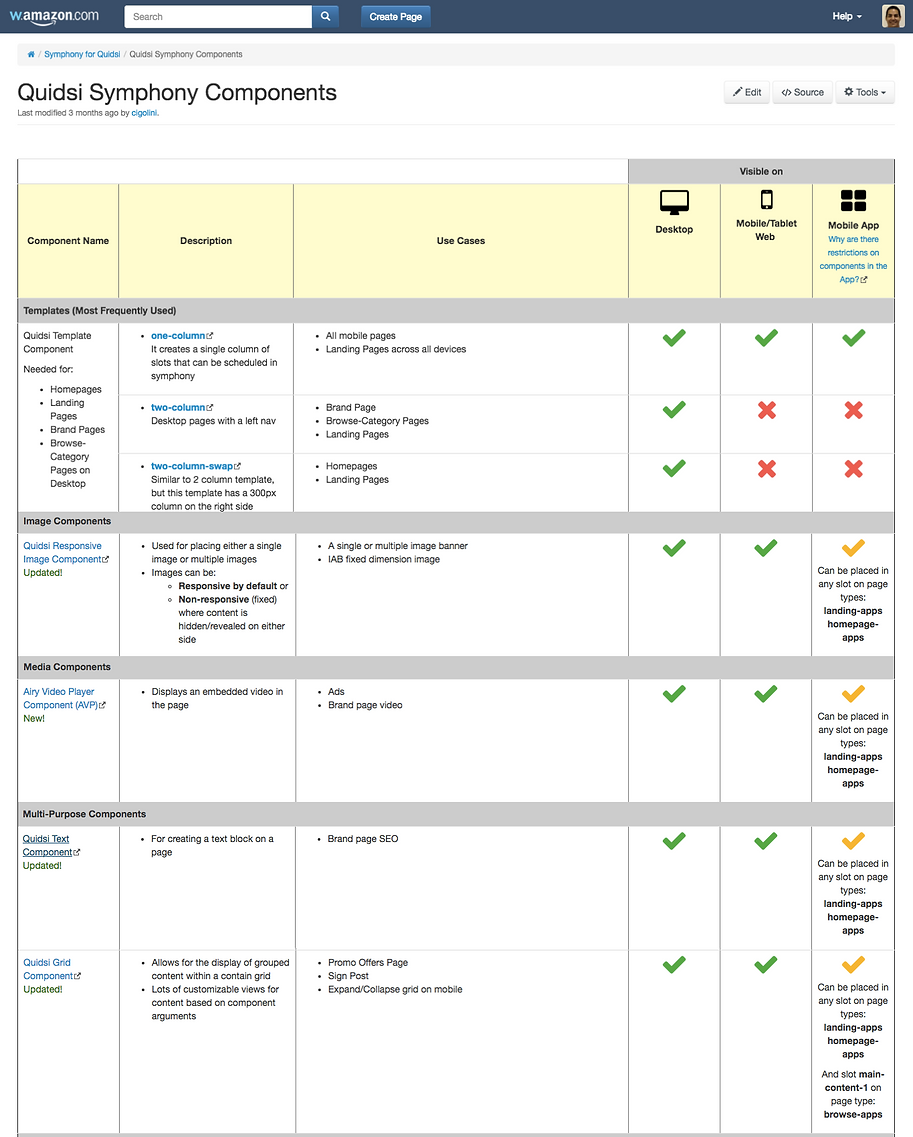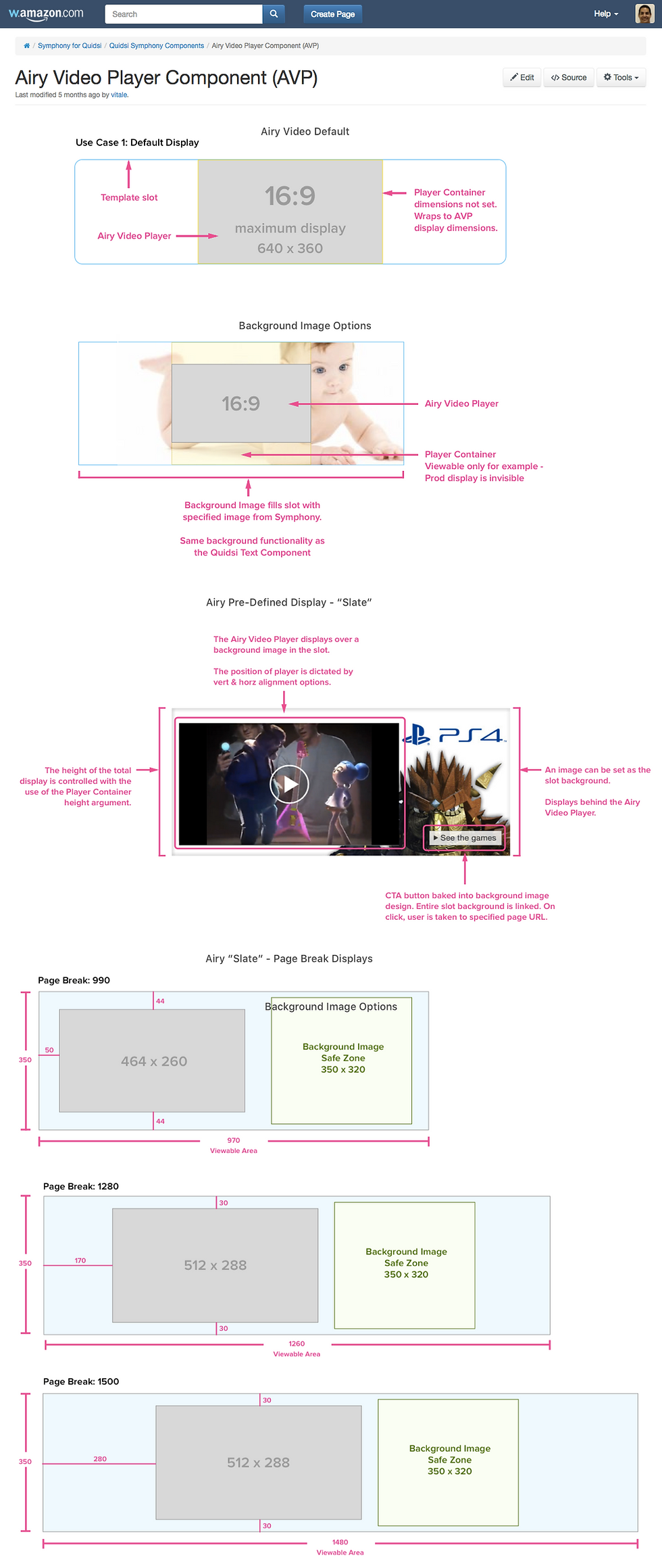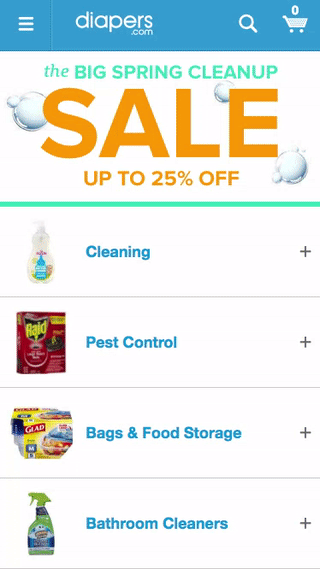PROJECT
Symphony CMS Components
SUMMARY
Designing Amazon Symphony v.2 self-service components for non-technical site admins.
ISSUE
Once integrated onto the Amazon Development Stack, all Quidsi sites were utilizing the Symphony CMS to populate site content. The goal was to achieve self-service for immediate page impact for the Creative, Buying, & Merchandising teams.
The issue is that Quidsi had customized needs for self-service tools apart from Amazon's. These tools are known as "Components" and they house the pieces of content on-site like text, images & dynamic information. Because the system was new, Components needed to be UX designed from scratch for site-wide use.
SOLUTION
With the learnings of how Symphony works, I took time to begin designing platform specific interactions and displays for various Components. Understanding Symphony allowed for optimum component designs across all Quidsi sites.
Additionally, designs were informed based on user needs - the teams who would use Components most: Buying, Creative, Strategy & Merch.
The end result: 20 various self-service Components that were fully UX'd and ready for use on-site. Providing access for text, images, video, page creation and more.
PLATFORMS
Desktop
Mobile Web
iOS
ROLES
Subject Matter Expert
UX Design
UI Design
QA Testing
Working Group Moderator
TEAM
Michael Vitale - Sr. UX Designer
Kevin Cigolini - Jr. UX Designer
TOOLS
Sketch
Amazon Symphony v.2
Amazon Wiki

COMPONENT SPECS
Each component that was built had to be UX designed and specified for development. The 3 components below all launched and were used on the live websites. The Grid Component for Mobile Web was one of the highest used components for retail teams.



COMPONENT PROTOTYPE
This is a test prototype for the Mobile Web version of the Grid Component I designed. It features a collapse/expand display of grouped content as well as "sticky" title rows.

CONCLUSION
Amazon's Symphony tool became a powerful way to control content on the fly and completely self service. Previously, Creative/Merch/Retail teams had to submit dev tickets for new content or updates. Then have to wait up to weeks to see the update take effect aside from severe functional or business conflicts.
The most difficult part of Symphony was the steep learning curve in the beginning. However, after a month of non-stop tinkering, I found that I enjoyed the flexibility Symphony offered.
WIKI DOCUMENTATION
I designed the components listed below for one, if not all platforms across Quidsi's 6 websites. Each of these required specs, lots of QA testing and continuous discussion with teams throughout the organization to optimize.
